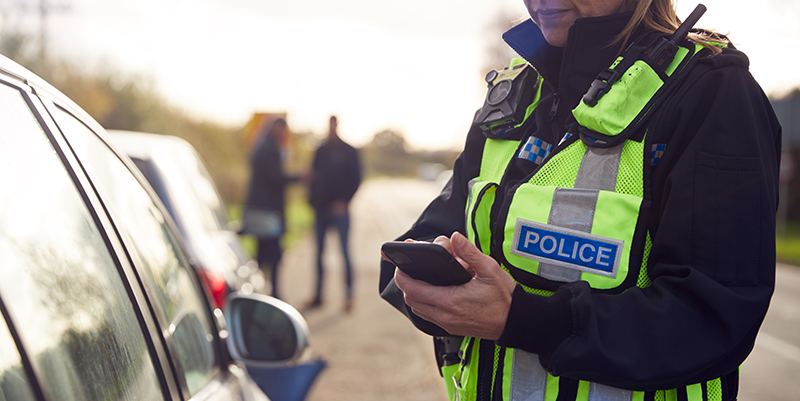Expand First Responder Reach With LMR Interoperability Solutions
In an emergency, reliable communication is vital. But it’s hard to manage a local team of first responders, or a multiple-agency response, when your radio can’t connect beyond the town limits and your land mobile radio (LMR) network is older than your newest recruit.

But recent technology is closing the distance gap and allowing frontline workers to communicate with surrounding — or remote — agencies on a common frequency using their cellular device.
Communicate with Any Agency, from Any Device, Anywhere
The newest LMR interoperability solutions can broaden your team’s range. They rely on one app to connect almost any smartphone or tablet via LTE cellular network to radio frequencies used by police, fire and emergency services for seamless interagency collaboration. Interoperability eliminates the need for personnel to carry a bulky radio or pager to connect to the LMR network.
And distance is no longer a barrier. First responders who cover large, rural areas shaped by uneven terrain can easily connect with command centers or team members at opposite ends of the county — or even with those who may be out of jurisdiction during an emergency—for active and instant involvement.
In addition, every call that comes across the radio can be recorded with time and date stamps, which encourages safety and enables documentation.
LMR Interoperability Features
Powered by a cellular network local to your area, a high-quality LMR interoperability solution should:
- Expand Radio Range: Leverage your LTE network to fill in service gaps especially in large or rural response areas and reach command staff when outside your agency’s LMR footprint.
- Enable Agency Collaboration: Coordinate emergency response with neighboring fire departments, police, EMS, hospitals and utilities — regardless of their radio frequency or cellular provider. Note: With some interoperability providers, you can talk only to those using the same cellular carrier.
- Extend LMR Network Life: Free up capacity with LTE-based Push-to-Talk on an older LMR system nearing its limits.
- Support Group Messaging: No need for conference calls or radio relays. LMR interoperability features group messaging capability to save time tracking down your team.
- Work on Existing Devices: Skip the shopping. The devices your department already owns work on any radio channel to connect via cellular network. It’s affordable and may even be eligible for federal grants.
- Elevate Rugged Device Capabilities: The newest rugged smartphones perform multiple tasks on a single device. For example, Samsung’s Galaxy XCover Pro has a button that can be enabled for push-to-talk, allowing for fast connections in the field or during an emergency.
When searching for the right LMR interoperability solution, look to cellular providers local to your community that offer turnkey service and 24/7 support well beyond installation. Also ask if their solution allows you to connect to other carriers’ devices to ensure collaboration among neighbors who may be using a different provider.
The UScellular™ Solution
State and local agencies already trust UScellular to provide a reliable network with data priority and preemption in any situation. Our new LMR interoperability solution helps first responders, utility workers and other frontline teams collaborate with the push of a button, no matter where they are positioned.
To learn more how LMR interoperability can revolutionize your communications, contact your local government solutions expert at 866-616-5587 or visit Public Safety.




